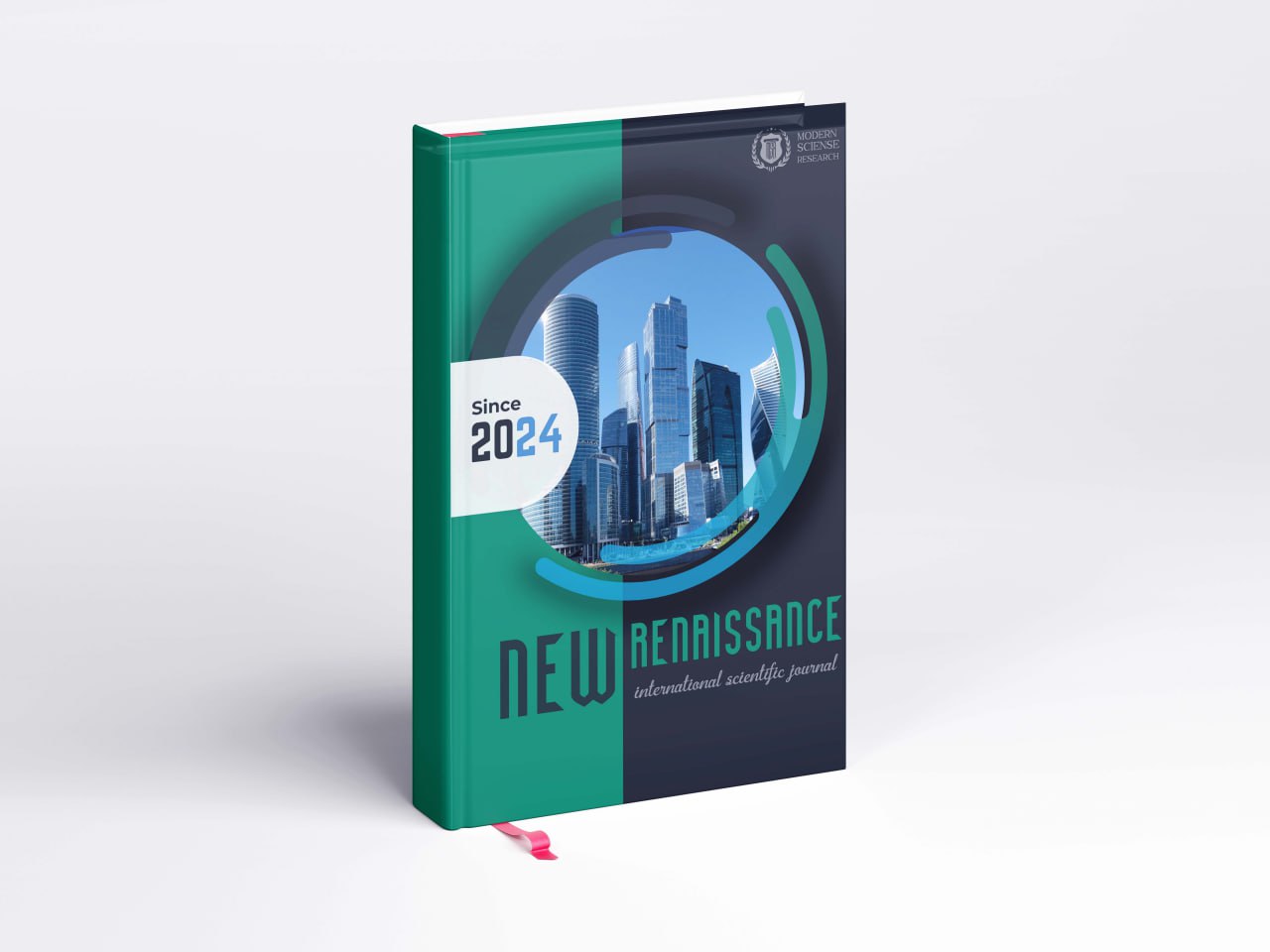Abstract
This study explores the effectiveness of inclusive English language teaching methodology for neurodivergent learners and examines how adapted pedagogical strategies can enhance linguistic, cognitive, and emotional outcomes. The research is based on the principles of inclusive education, neurodiversity, and universal design for learning, emphasizing that individual differences among learners should be recognized as strengths rather than limitations.
The study analyses how differentiated instruction, multisensory learning, and assistive technologies contribute to improved communication skills, attention regulation, and classroom engagement of learners with autism spectrum disorder, dyslexia, and attention deficit hyperactivity disorder. It also highlights the essential role of teacher training, emotional support, and structured learning environments in promoting equal participation and reducing anxiety among neurodivergent students. Findings indicate that inclusive methodology not only improves academic achievement but also supports psychological well-being and social integration. The research concludes that inclusive English language teaching transforms diversity into a source of educational enrichment and provides a sustainable model for equitable and effective language learning in the modern educational context.
References
Armstrong, T. (2012). Neurodiversity in the Classroom: Strength-Based Strategies to Help Students with Special Needs Succeed in School and Life. Alexandria: Association for Supervision and Curriculum Development.
Florian, L. (2014). What Counts as Evidence of Inclusive Education? European Journal of Special Needs Education, 29(3), 286–294.
Gkonou, C., & Mercer, S. (2022). Language Teacher Wellbeing and Inclusive Practice: Supporting Neurodiverse Learners in the English Classroom. Cambridge: Cambridge University Press.
Norwich, B., & Lewis, A. (2007). How Specialized Is Teaching Pupils with Disabilities and Difficulties? Journal of Curriculum Studies, 39(2), 127–150.
Rose, D. H., & Meyer, A. (2006). A Practical Reader in Universal Design for Learning. Cambridge: Harvard Education Press.
Alabdulaziz, M. (2024). The effects of using video-based instruction in solving fraction computations of students with autism spectrum disorder. International Journal of Instruction, 17(1), 437-460.
Arenas González, I. (2012). Beyond the “handicapped” label: Narrating options to teach foreign languages to blind and visually impaired students. HOW, 19(1), 146–156. Retrieved from https://www.howjournalcolombia.org/index.php/how/article/view/42
Castañeda-Peña, H. (2018). Structuralist, poststructuralist and decolonial identity research in English language teaching and learning: A reflection problematizing the field. In H. A.
Castañeda-Peña et al. (2018), ELT local research agendas I (pp. 17-35). Universidad Distrital Francisco José de Caldas. Castillo, R., & Florez-Martelo, L. S. (2020). Hard-of-Hearing individuals’ narratives of inclusion and exclusion about their schooled EFL learning. HOW, 27(2), 31–50.
Cuervo-Rodríguez, K. A., & Castañeda-Trujillo, J. E. (2021). Dyslexic individuals’ narratives on their process of becoming English language teachers. HOW, 28(2), 79–96.
